Fun Trail Facts
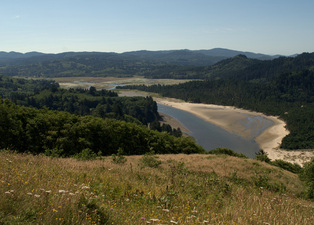
Not only is Cascade Head Preserve a National Scenic Research Area, but it is also considered a United Nations Biosphere Reserve.
There are some extremely rare organisms that call Cascade Head home. On the plant side, the rare hairy checkermallow and 99% of the world's population of Cascade Head catchfly live here. The threatened Oregon silverspot butterfly finds nourishment for its larvae in the early blue violets that frequent the area, and may be seen fluttering around.
The area is a beautiful combination of different environments, including an estuary (Salmon River), river system, ocean edge, and higher elevation headland and forest.
Trail Information
| Hike Name Cascade Head Nature Conservancy Trail, Lower to Upper Trailhead and Back Again County & State Tillamook County, Oregon Ecoregion Oregon Coast Range | Coastal Uplands Forest Willamette National Forest Latitude & Longitude (DEC) 45.0567729-124.0048364 Family Friendliness For the most part, I was very comfortable having my 4-y.o. son with me on this hike. That said, the cliffs at the top are not very far from the trail and they mean business! We're talking hundreds of feet down, and a straight drop at that. The length was a bit rough, and the trail itself is very thin at times with vertically cut edges that can be rough on little legs. These latter concerns would be easily remedied by doing the shorter 1-mile hike from the upper trailhead. Hike Difficulty Moderate Elevation At the height of the trail, ~ 1,345 feet Elevation Gain 1,200 feet Distance 8.4 miles round trip from Knight Park to the Upper Trailhead near Hart's Cove Trail Route Type Out and back Access to Trailhead Access to Knight Park, site of the lower trailhead, is amazingly easy. There are no dirt or gravel roads to traverse, and it is located just minutes off of Highway 101. See here. Fee None. However, there are a couple of donation boxes that help the folks at the Nature Conservancy maintain this place of beauty (hint, hint). Hiking Notes This area is so ecologically sensitive, it is really important to stay on the trail and not bring pets. |
Trip Report

By the time we reached Knight Park, the sun had just started showing itself, bathing everything in a beautiful glow. We made our way throughout the initial hiking trails, listening to hundreds of birds chattering away. The trail dives a bit into plantation forest, popping up again for a little roadside hugging, and then begins the uphill descent at what appeared to be the original trailhead.
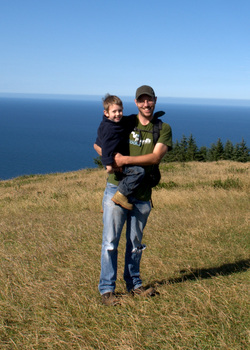
One of the lessons I have solidly acquired during the past couple of years of hiking with my son is that you must always be prepared for ten-, twenty-, or thirty-minute intermissions when a new critter is found. On this hike, he spent the better part of that time observing (and gently petting) a millipede that was crossing the trail. There are fewer things in the world more peaceful than watching his eyes light up with amazement during such bouts of curiosity.
The trail through the forest was heavily root-laden, so do consider your ankles when making your way through the area. There are several very recent-looking bridges that cross streams during this section of the hike.
Upon breaking free of the Sitka hemlock, Douglas-fir, and red alder, we came upon our first major ocean views and the absolutely stunning prairie headlands. The trail here is rather thin with some deeply cut edging, so again, keep those ankles safe!
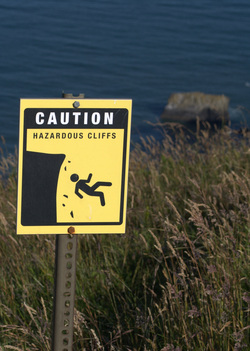
In an interesting twist, we met our first hiker on the trail at this point. He was a really nice guy, who was admiring the boy's appearance out there. Then he dropped the bombshell on us that he has made the hike over 1,600 times! We joked about him knowing every Oregon silver spot butterfly by name, and then went our merry way.
Past the prairie summit and along the north side of the ridge, the trail is immediately swallowed up in forest. Hiking along what seems to be an old road, we made our way through the cool trees and had another ample opportunity to gorge on salmonberries. Within a mile or so, we found ourselves at the Upper trailhead. Signs were posted that no further exploration was allowed until after July 15th, which put us a few days out. We will definitely be back that way to explore Hart's Cove!
I hoisted the boy upon my shoulders and we returned from whence we came. I was absolutely amazed that he was able to hike four miles during this trek, and all of them the uphill portion. I thought that I would surely be carrying him for at least 5 or 6 miles of the hike, but his tenacity broke my assumption. On the way down, we took a few more pictures and spent some extra time gazing out at the ocean as we nibbled on some snacks.
By the time we got back to Knight Park, the masses were descending on the trail. I can't exclaim how happy I was that we got out there at the time we did. It was cool and isolated, allowing us to block the trail to watch millipedes march or garter snakes slither into the grass.
Cascade Head truly is a beautiful place, and reading about the ecosystems and research that comes from the area only heightens my appreciation. The next time I see thinned forests or read about estuary health for anadromous fish, I will be thinking of the natural beauty and science that occurs in that magical area.
More Information
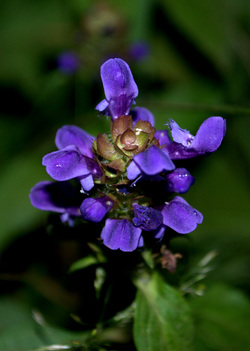

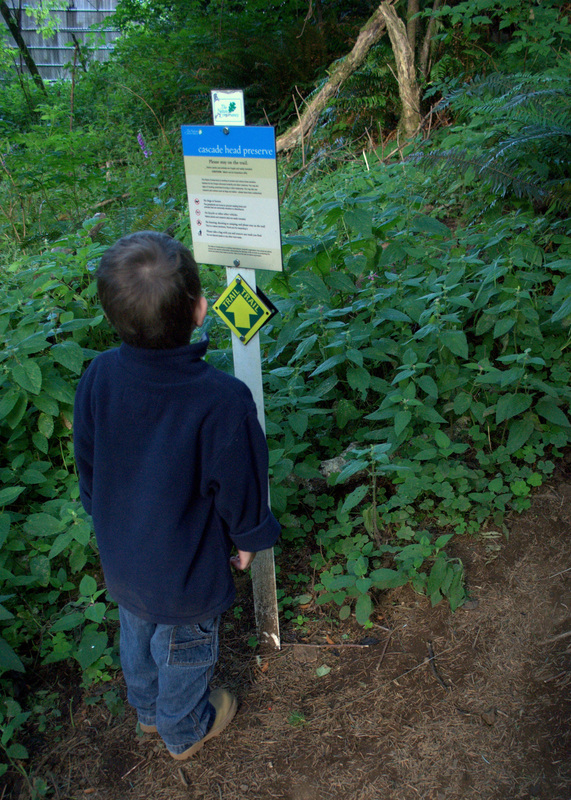


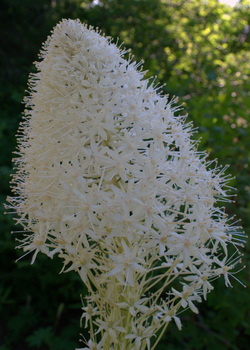
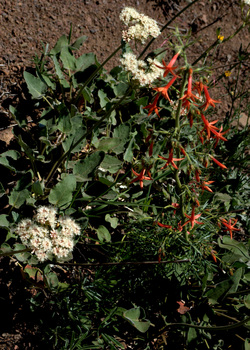


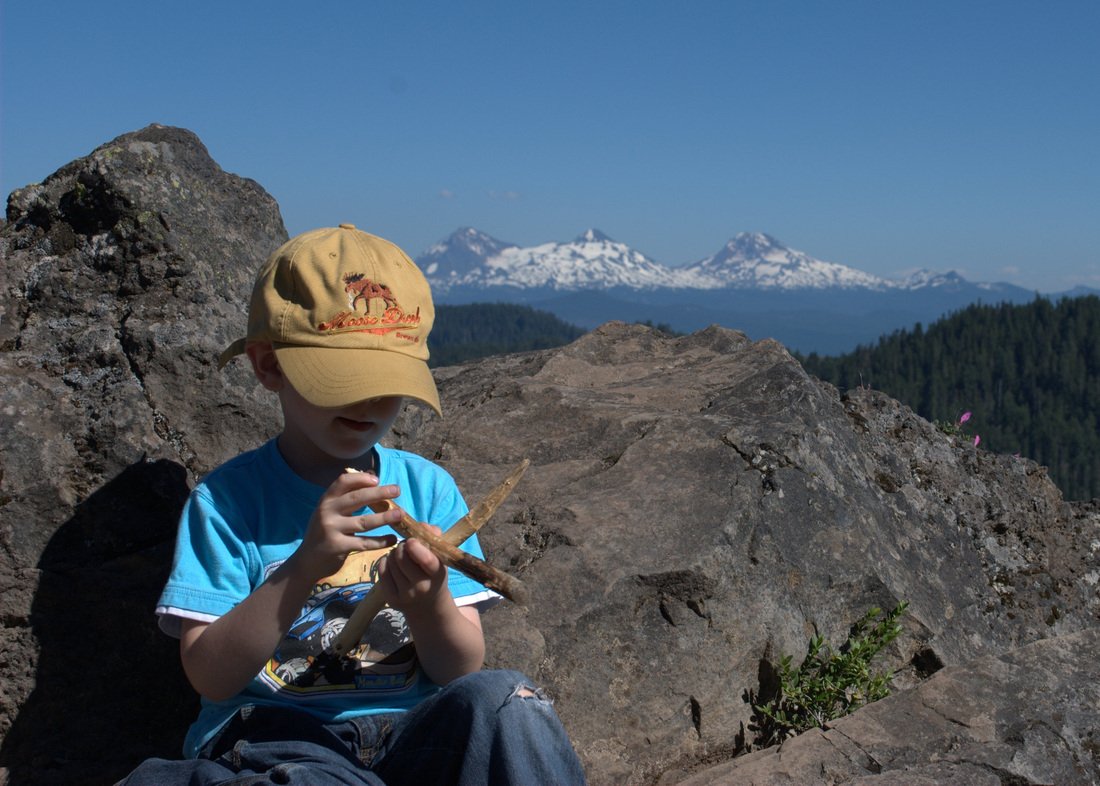

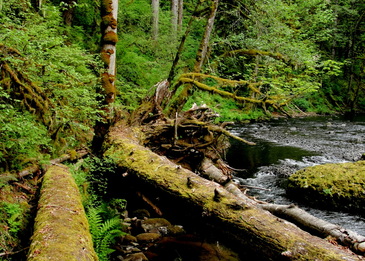


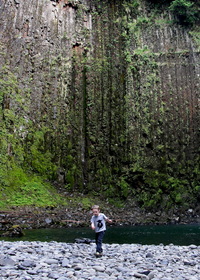






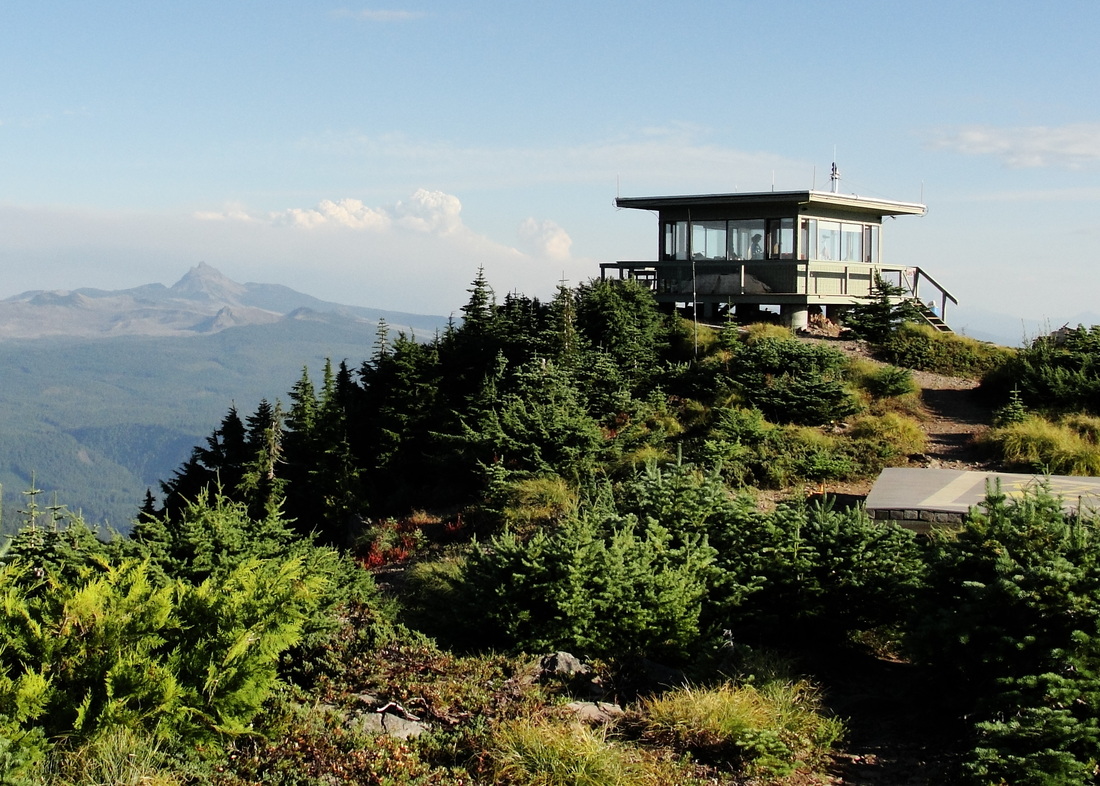
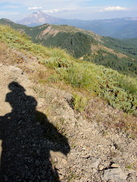
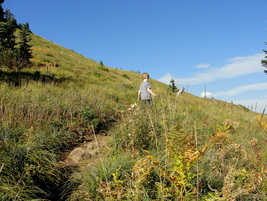
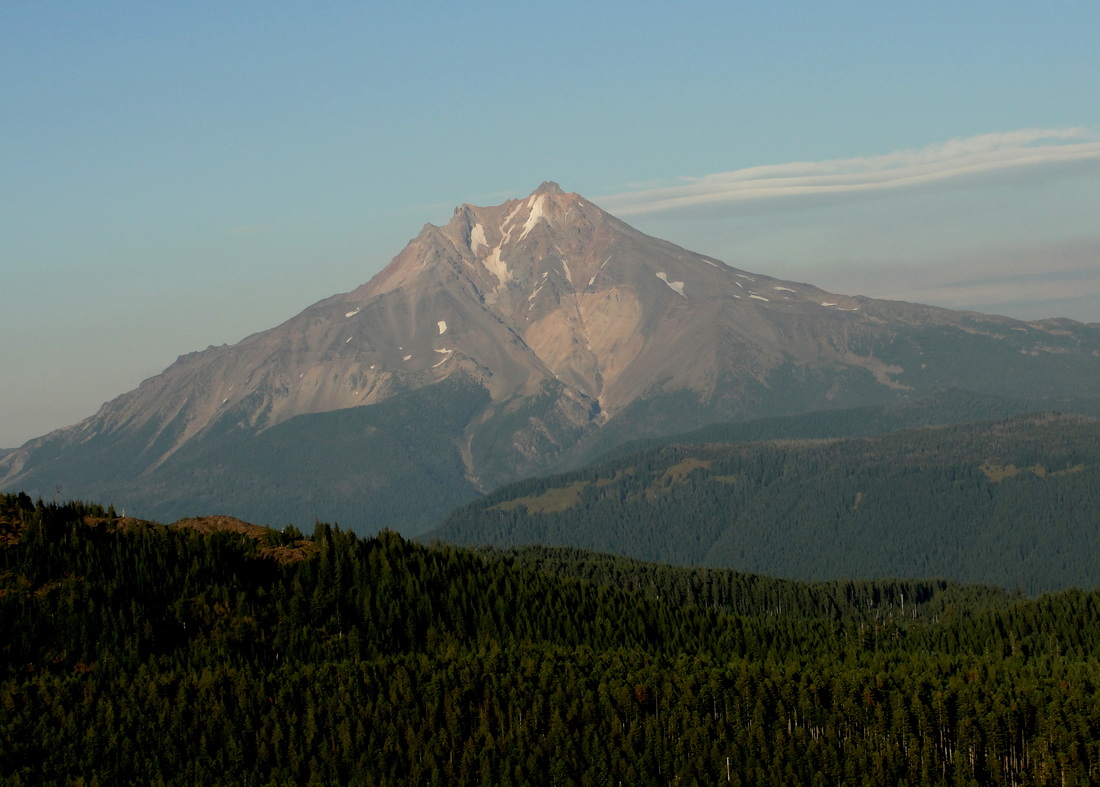

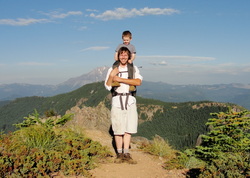

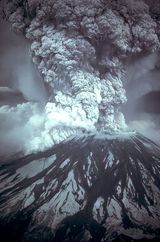
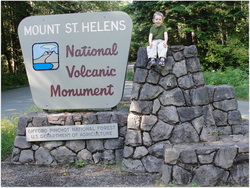
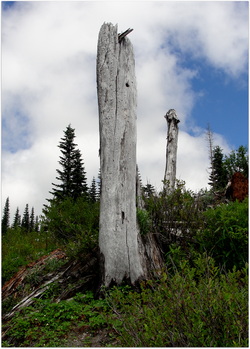

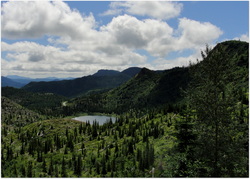
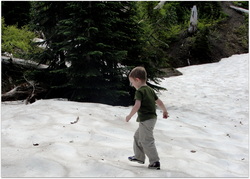


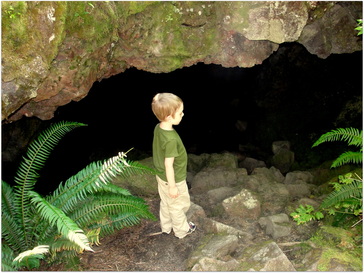

 RSS Feed
RSS Feed
